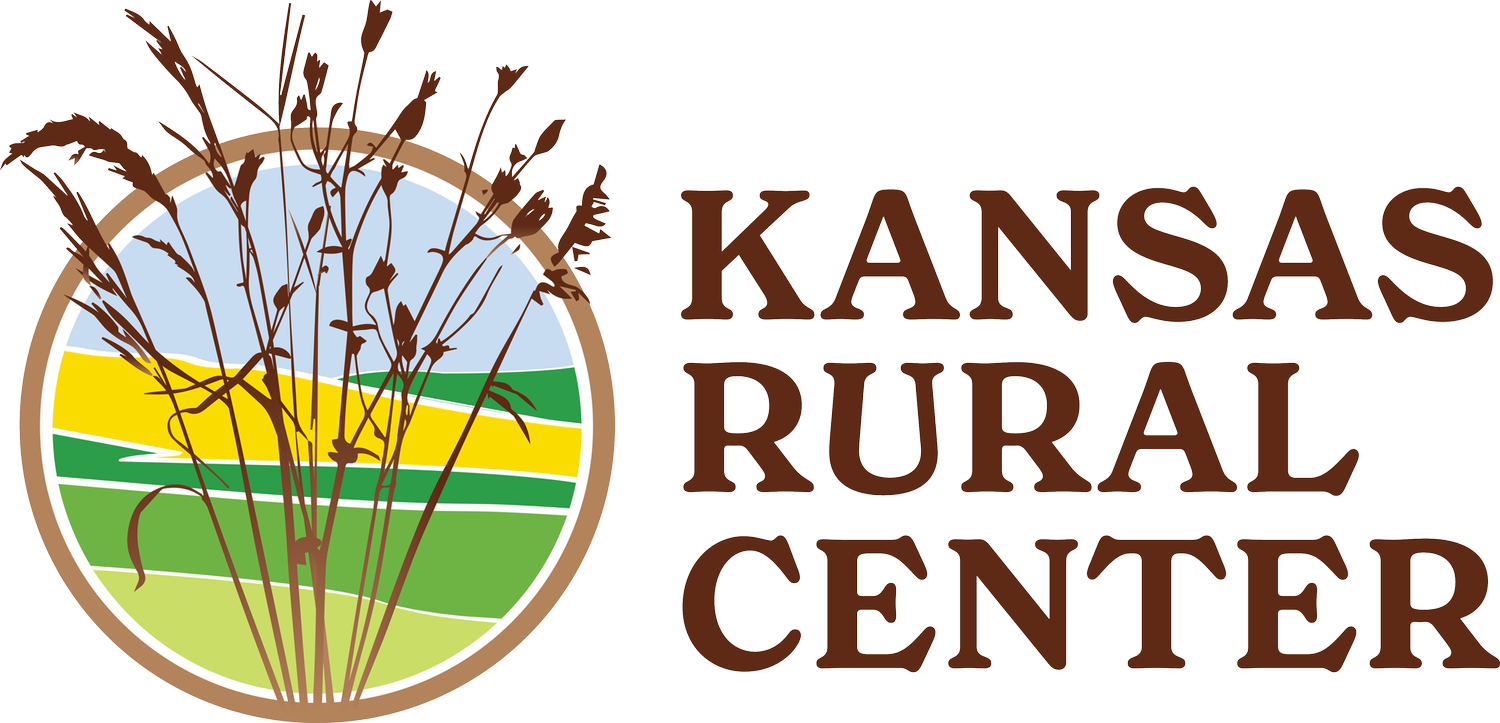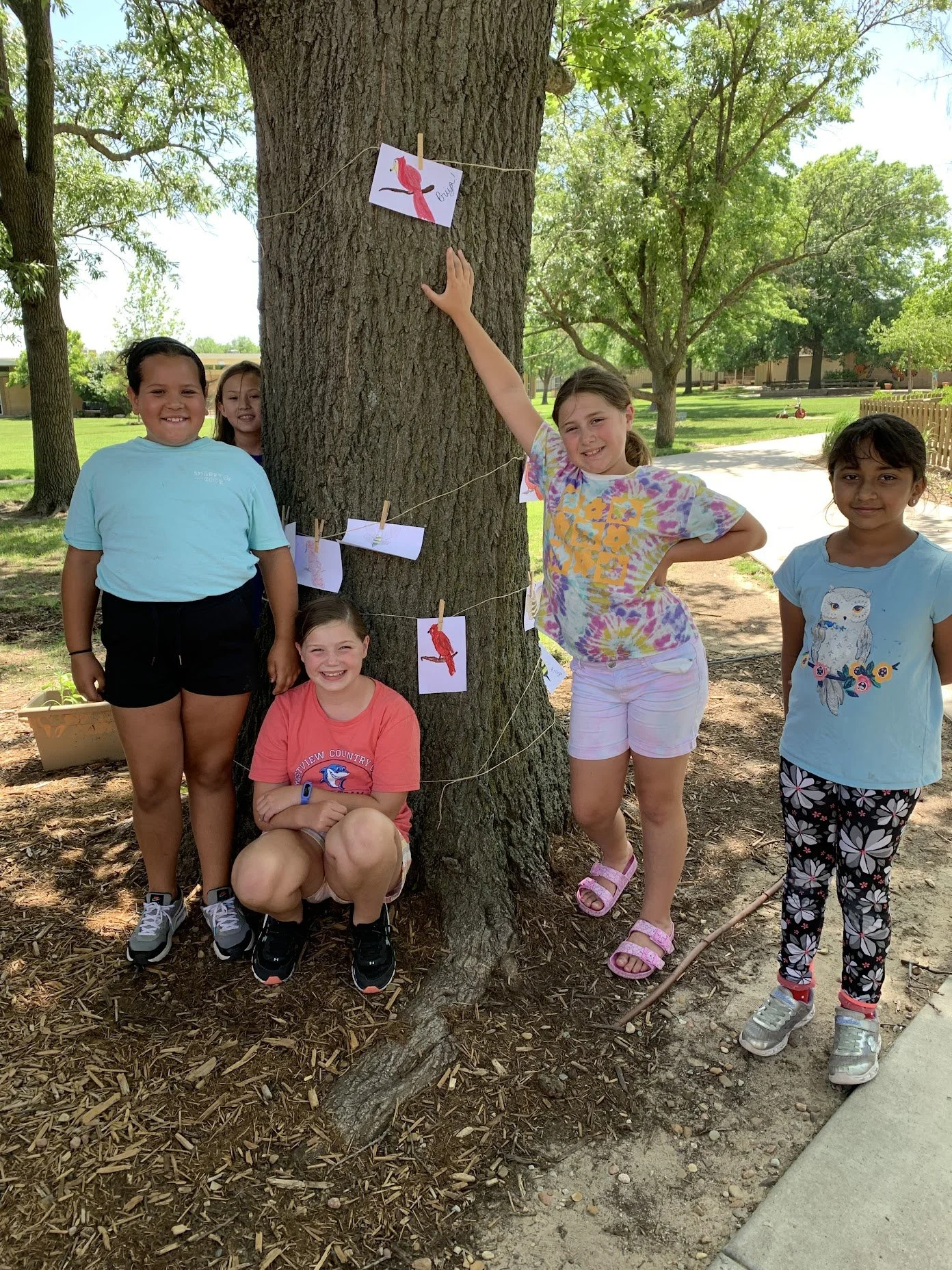Environmental Education Courses with KACEE
I recently completed an “EE Double Course” through the Kansas Association of Conservation and Environmental Educators (KACEE). I’m looking forward to using all I’ve learned to create activities for youth through Kansas Rural Center, and to develop an after-school club for students who are interested in exploring the outdoors and nature. The EE Double Course provided an excellent framework for curriculum development, encouraging critical thinking in young people and getting them outside. I would recommend it to any educator seeking a way to positively challenge young thinkers and reinforce the importance of our connection to ecological systems.
In addition to the course I took, KACEE offers a wide variety of trainings to help educators use the outdoors to create experiential learning opportunities for students. These courses span past the boundaries of Science Class and into English, Math, Social Studies, Geography, Business Administration, and Physical Education. Many of the projects are structured in a way to feel more like recess than conventional classroom learning. The EE Courses offered vary in length, ranging from a few to several hours. The longer courses are available for credit through Baker University, which educators may use towards their continuing education requirements.
To provide a deeper insight into KACEE, I invited Ashlyn Kite-Hartwich, the Director of Educational Programs at KACEE, and Brian Gahagan, high school science teacher from Chanute and long-time KACEE student, to share their experiences during a podcast recording (See the resources at the end of this article for the full conversation). As we began our discussion, both guests shared their fond memories of spending time outdoors as children learning to appreciate nature through experiences shared with friends and family. They emphasized how that early appreciation was enriched through exposure to public amenities such as zoos and art installations. Now as adults, they are passionate about passing this love for the outdoors on to future generations. They believe it’s essential to encourage critical thinking and exploration of natural systems to help students connect with the natural world on a deeper level. During the chat, we enjoyed highlighting some of our favorite projects to share with students. Below are our examples.
I chose to highlight an expansion on traditional macaroni art with an early childhood project from Growing Up Wild. It begins with a short lesson, a storybook, about the food chain and how some animals may have developed ways to hide themselves from predators. Once the lesson is complete, the students go for a short walk outside to assess their yard or playground; what colors and textures are there? The students may make a map to identify good hiding spots. Once back inside, they are given six rotini noodles representing caterpillars, and art supplies. The students must help their caterpillar camouflage itself to hide from predators. Upon completion, they set their caterpillars around outside and have their classmates look for them. Each student charts the success rate of their different camouflage tactics.
Ashlyn’s favorite project, from Project Wild, also engages a student’s creativity with “Adaptation Artistry.” In this lesson, you study various adaptations to different animals, such as fish, mammals, birds, or insects. Ashlyn prefers to highlight wild birds. The students research the different avian body parts and identify how they may be adapted to help the bird thrive in its environment. An example would be that short beaks are for seeds, long slender beaks may be for nectar, hooked beaks are for tearing, etc. Once the lesson is complete, the students design their own bird and describe its habitat, diet, and where in the world it could live and thrive.
Brian loves getting outside with Project Aquatic. He specifically enjoys carrying out biological aquatic indexes to determine stream quality based on biological factors and macroinvertebrates. He loves watching his teenage students become childlike with excitement as their research takes them creekside and into the water. Suddenly, the disengaged students are at the front of the class, excited and sharing what they know, getting hands-on with the project.
In many cases, there are suggested books and materials that you can incorporate on the front end of a lesson, and then when it is time for a project, there are usually a few examples of how to help students use what they’ve learned. These courses provide a lot of versatility and can easily be adapted to each individual educator’s needs. For those in the education sector who can relate to the intention of sharing the importance of ecological systems with our younger generations and find this type of experiential learning exciting, contact KACEE for more information.
To learn more about Brian’s classroom projects in Chanute, the awards they’ve won, and to dive deeper into KACEE’s programs, please tune into our podcast conversation on your favorite podcast app!



